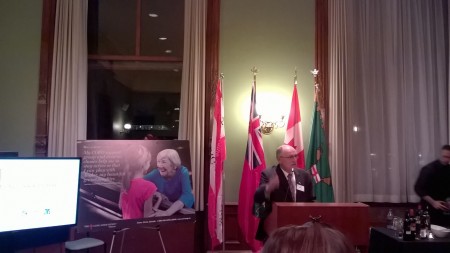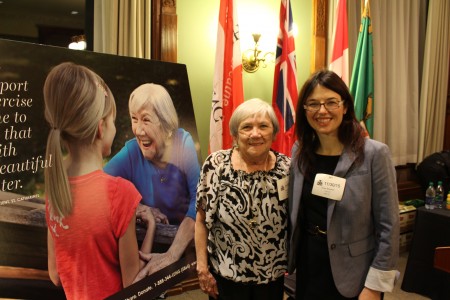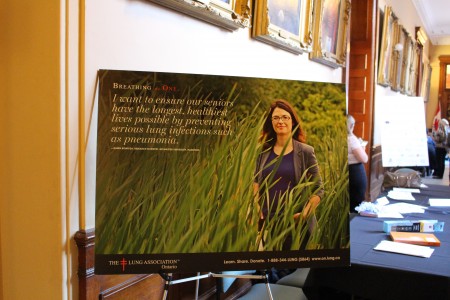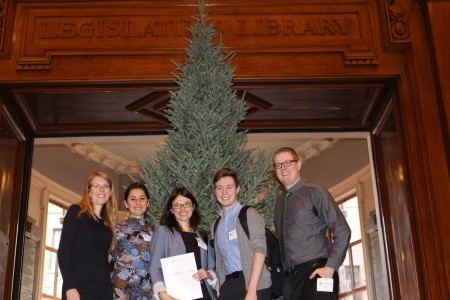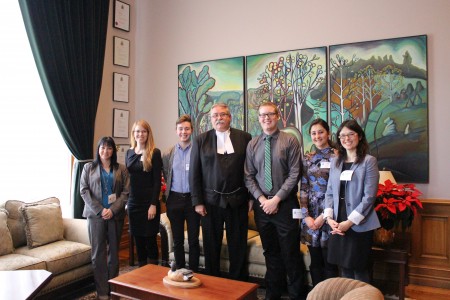Antibiotic treatment alone may not be sufficient to treat pneumonia in older adults. In fact, it appears as though the inflammation that comes naturally with age increases the risk of developing pneumonia. “It sounds counterintuitive to limit inflammatory responses during a bacterial infection, but clinical observations and our research indicates anti-bacterial strategies need to be tailored to the age of the patient,” said MIRC’s Associate Professor Dawn Bowdish.
Aging is accompanied by a chronic state of low-level inflammation — sometimes called ‘inflamm-aging’ — which is associated with diseases such as cardiovascular disease, dementia and infections, particularly pneumonia. Upon recognition of an infectious agent, an acute inflammatory response is required to fight infection and resolves shortly after. However, in older adults, where systemic inflammation is already elevated, increases in inflammation during infection do not resolve as quickly. Exposure to these high levels of inflammation appears to impair the ability of monocytes and macrophages to fight infection.
Published today in the journal PLoS Pathogens, MIRC graduate Dr. Alicja Puchta & PhD student Avee Naidoo demonstrated that the higher levels of inflammation in the blood of old mice caused the premature egress of inflammatory monocytes into the blood stream, and contributed to greater systemic inflammation. Although small amounts of inflammation are required to fight infection, enhanced production of inflammation in old mice lead to reduced monocyte and macrophage function. Reducing levels of inflammation in the young mice had no effect but reducing levels in the old mice resulted in improved bacterial clearance and survival against S.pneumoniae.
The research follows a 2015 McMaster study that showed that older adults with pneumonia do better when given drugs, such as corticosteroids, to reduce inflammation in addition to antibiotics. “Our study in mice is consistent with clinical studies that recommend using anti-inflammatories as part of treatment to improve older adults’ defence against pneumonia, and that points to the development of better care,” said Bowdish.
To read the PLoS Pathogens article, please click here.


